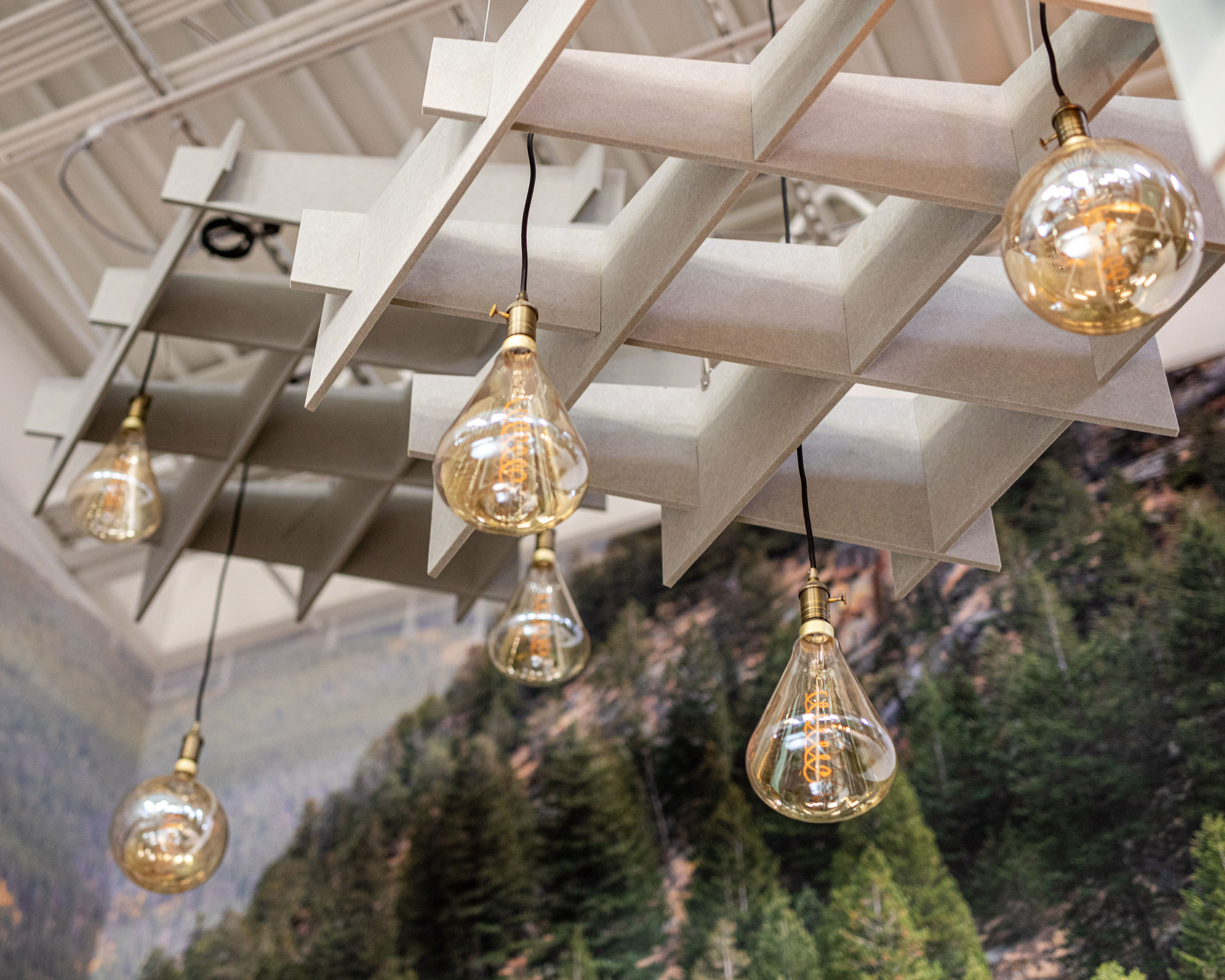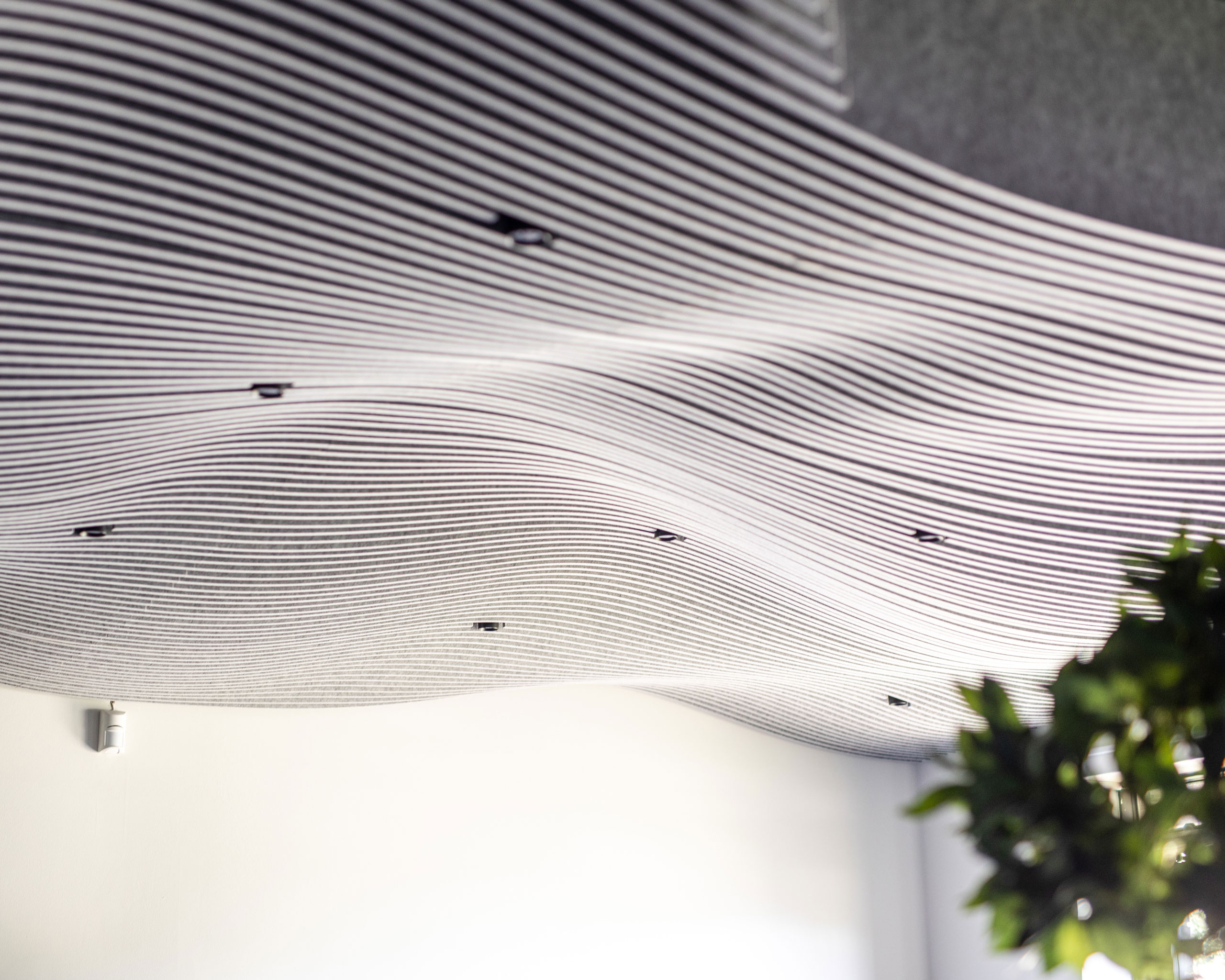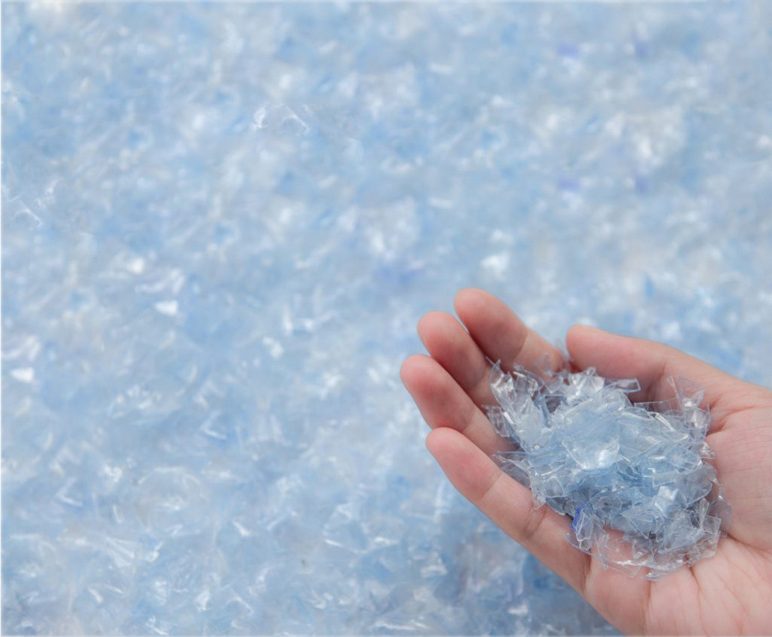Three Things to Love About Felt
Fashionable, functional, and environmentally friendly: Felt is an influential fabric that packs a triple punch when it comes to transforming spaces.
The heavy hitting textile combines sustainable design and the aesthetic advantages of color and tactility with an expert ability to absorb and dampen sounds.
This trifecta of tributes can be seen across felt’s diverse applications—with its soft, wooly texture wrapping around walls, ceilings, partitions, light fixtures, and furniture. We explore three things that you’ll love about this nuanced non-woven textile.

1. Felt plays a broad role in many forms of design.
With its earliest iterations dating back to 6,500 B.C., felt is one of the oldest fabrics known to mankind, and it has found contemporary applications across a wide range of fields, from fashion and furniture to architecture, interiors, and more. Recent resurgences of interest in felt have seen innovations in its production processes. With endless colorways colliding with flexible forms that can be configured to fit specific needs, the design possibilities for felt are far-reaching.

2. It delivers exceptional acoustic performance.
Delivering outstanding acoustic performance, felt can absorb and dampen sound by reducing reverberations. The sound-absorbing features of felt can take on many forms. From overhead installations with soft undulating curves to more individual formations installed in targeted areas, felt fabrics can create sculptural configurations designed to manage noise control.

3. It achieves sustainable strides.
Traditional felt fabrics come in a number of forms, including felted wools, synthetic felts, and industrial felts. Recently on the rise are PET (Polyethylene Terephalate) felt fabrics, which are resourcefully made from recycled plastic bottles. With an almost endless supply of reuse materials, PET felt fabrics mark a significant step towards keeping single-use plastic out of landfills and oceans. Plus, felt materials can be reused or recycled after use, extending the life of this material way beyond its first application.